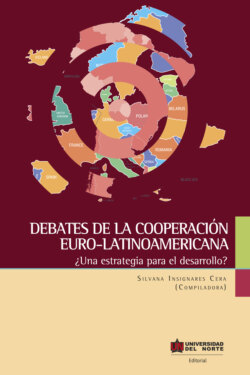Читать книгу Debates de la cooperación latinoamericana - Silvana Insignares Cera - Страница 10
A. HISTORIC DIMENSION
ОглавлениеIn his study on the history of the European City Leonardo Benevolo (1999, p. 13) describes the cities «as one of the reasons – maybe the most important – that Europe constituted itself as a historical unit». And he adds that the coexistence of public authorities and free market enterprise which have divided competences over land use issues characterizes the European cities. This equilibration between private rights and public control can only work if the interests of both parties are adequately represented (Benevolo, 1999, p. 223). The inherent conflict between a private and a public realm, but also the influence of different historical eras which shaped and still shape the urban development, leads to a so-called «presence of history» in European Cities (Siebel, 2004, p. 18) which is still evident and visible in the daily life of the city dwellers. Siebel adds that the European City is a place where a special form of living emerges which differentiates the inhabitants of urban areas from rural. Siebel also argues that the European city is the place where emancipation took place. The European city provides the hope for a better life and as a promise to entkommen dependencies which existed for example in rural areas to the land-owner.
